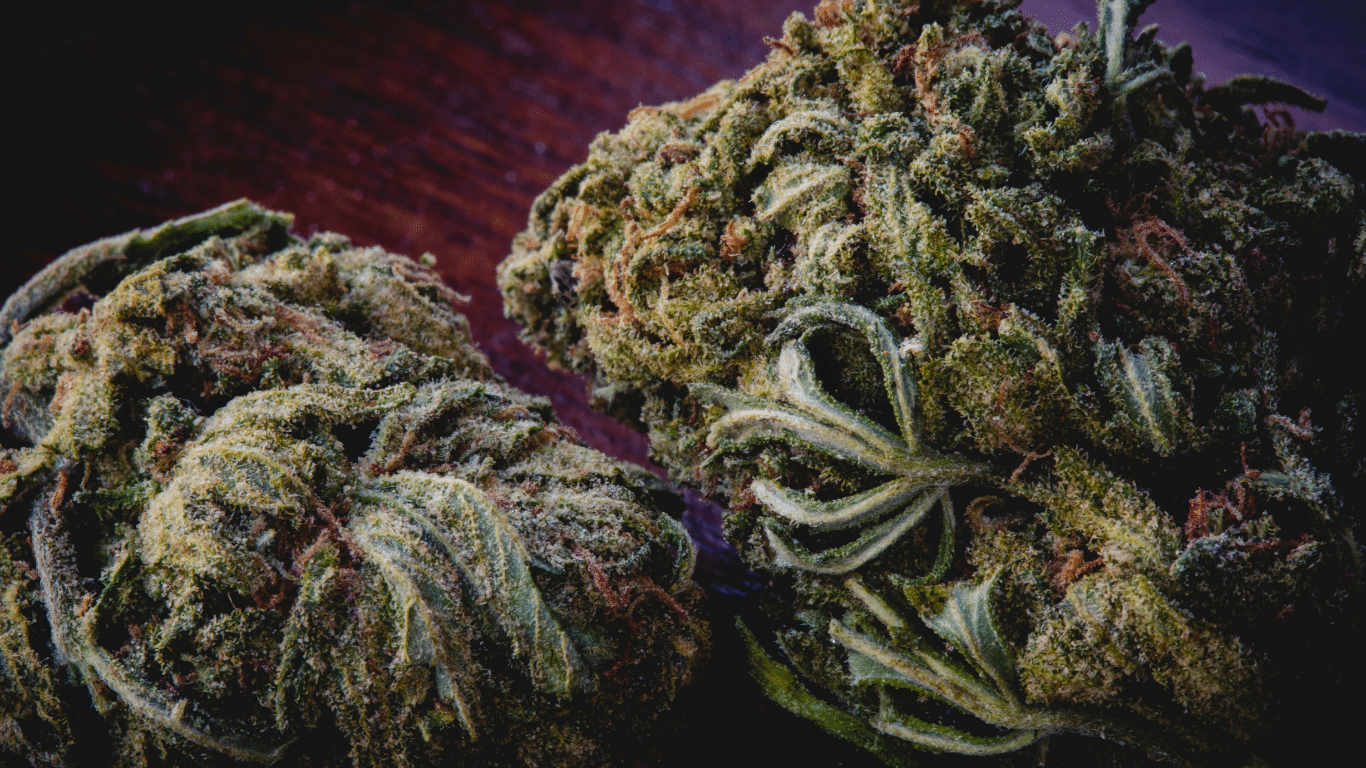How To Dry Buds?

How should buds be dried?
Buds need to be cured properly in order to produce the optimal flavor and effect. Allow us to walk you through the process.
SLOWLY BUT SURELY
There are a few techniques that can help you dry buds more rapidly, but you’ll have to give up flavor and potency in order to accomplish this. Is it going to be worth the time, effort, and money that we put into the grow? The best-tasting marijuana is the kind that has been progressively dried out over the course of a few months. You should have a hygrometer if you want to do things the right way. This instrument will measure the relative humidity, which is important information for you to have in order to provide the appropriate treatment.
HANG THE BUDS TO DRY

How To Dry Buds?
The first step is rather straightforward: after you have pruned the leaves (don’t forget to keep them to use in extracts or edibles), hang the cones so that they are facing the opposite direction. The best conditions for drying are 21 degrees Celsius with 50 percent relative humidity.
Although there may not be a room in your house that naturally achieves these circumstances, you may create them artificially with the help of heating and cooling systems, as well as humidifiers and dehumidifiers. It is acceptable to not be able to recreate ideal conditions because even slight deviations are preferable to having none at all. Consider purchasing a drier if you reside in a region that has a high relative humidity and the buds take a long time to dry there. This will help them dry out before mold begins to consume them and ruin them.
This procedure will take between four and seven days to complete. If you do it too quickly, the flavor and potency of the coffee will suffer, but if you do it too slowly, the delicate cones could develop mold. When the stems are able to break readily rather than bend, the process is finished.
JARS
When the buds are completely dry, you must place them on a curing jar so that the flavor can be improved. Jars made of airtight glass are required for this activity. Put the dried buds in there, and make sure the lid is on nice and tight. In a perfect world, you would install a hygrometer in each jar, but depending on how much produce you have, this might be quite an expensive proposition. At a minimum, place one hygrometer in one of the jars, and use the reading from that hygrometer for the other jars. Therefore, if the percentage is approximately sixty percent in one jar, you may conclude that it is the same in the others. Our goal is to maintain a humidity level of between sixty and sixty-five percent within the jars.
After waiting for twenty-four hours, check on their condition. The reading of the humidity will determine the next course of action.
- IF THE RELATIVE HUMIDITY IS HIGHER THAN 70%, remove the cones from the container and allow them to air dry in the open for a period of 12 hours. After that, place them back inside the jar, and check on them the next day.
- IF THE HUMIDITY IS BETWEEN 65 AND 70 PERCENT, you should leave the cones within the container but open the lid. After leaving the jar open for four hours in a room with enough ventilation, you should reseal it and check on the contents after 24 hours have passed.
- IF THE HUMIDITY IS 60 percent -65 percent (THE GOLDEN MEAN):
Perfect! You need not be concerned about the high level of humidity. You are free to begin sterilizing. - IN THE EVENT THAT THE RELATIVE HUMIDITY IS LESS THAN 55%:
The buds will rapidly lose their moisture content at this humidity level. Keep the lid on the jar to prevent any moisture from escaping into the surrounding air.
CURING
After the humidity has reached the ideal level, the container should be opened for 15 minutes each day. This reduces the amount of extra moisture in the air, which in turn enables the plant to expel more water. The act of doing this, which is referred to as “burping,” should be done at least once per 24 hours for the first week while you are receiving therapy. When the humidity level in the jars has reached a stable state, you should aerate the jars every two to three days, and then no more frequently than once a week.
HOW LONG?
A thorough soaking can take significantly more time than a cycle. Within the next six months, after the humidity level stabilizes between 60 and 65 percent, there will be an improvement in the flavor. To tell you the truth, we don’t always have the patience to wait so long, but we do make sure to set aside a specific portion of each crop so that we can try the cones after they have been fully cured.
WHAT’S FURTHER?
That sums it up nicely. After bowing down and waiting patiently for a few months, it is finally time to enjoy the results of your hard work. Make sure that the finished product is stored in the correct manner.
